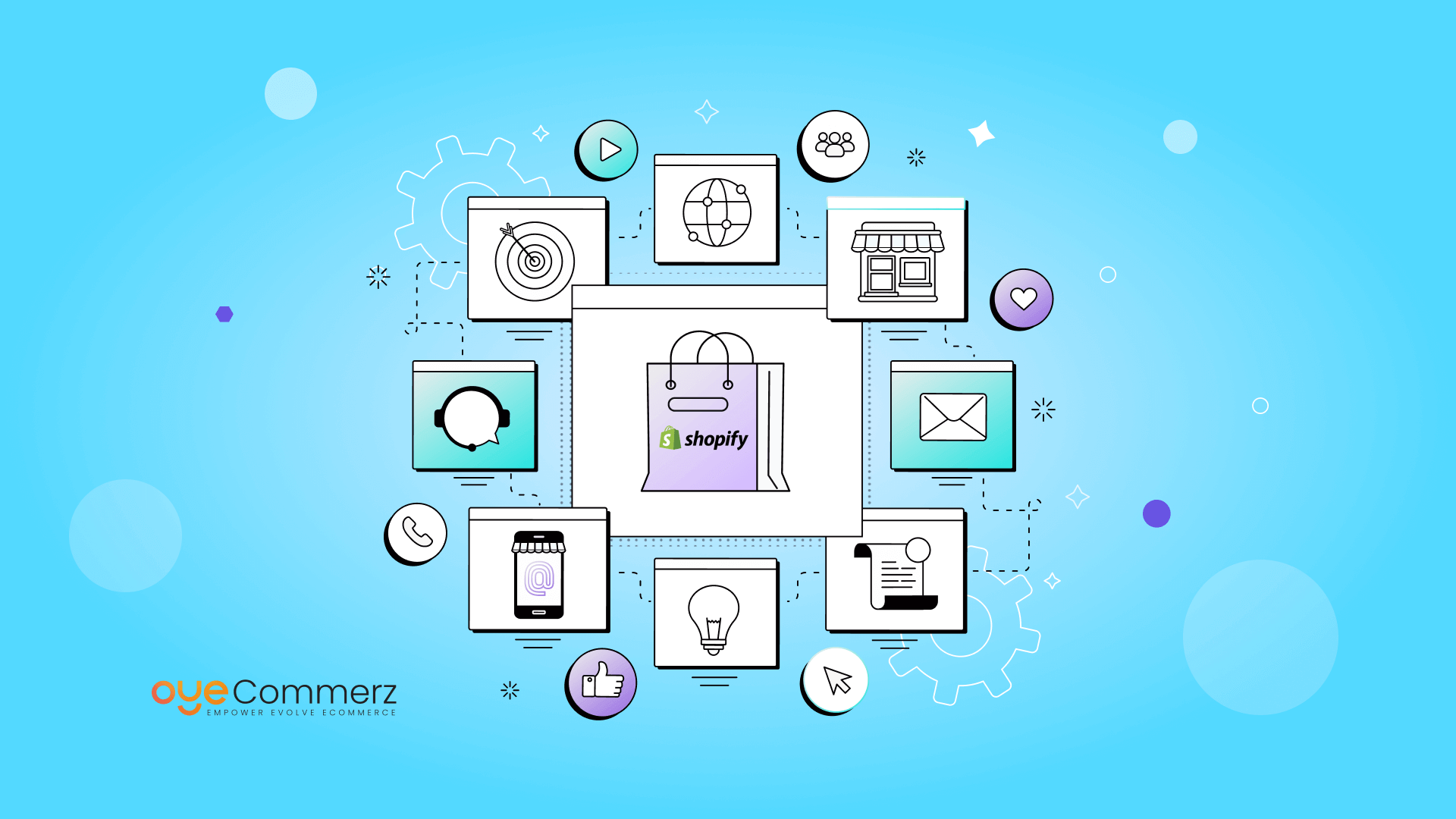
Introduction
In the current intense e-commerce landscape, Shopify sellers are continually looking for ways to maximize sales and optimize their operations. An impactful method is through personalized Shopify applications designed to fulfill specific requirements. Connecting with the Shopify API and utilizing tools like the Polaris design system, these apps empower businesses to grow sustainably while boosting user interaction. In this article, we’ll dive into essential elements of Shopify application creation, from design factors and core functionalities to recommended strategies for upkeeping and growing apps successfully.
1. Grasping Shopify API Connection
A solid understanding of Shopify’s API—involving Representational State Transfer and GraphQL—is foundational for developing reliable Shopify apps. With these APIs, developers can access, modify, and manage details within a Shopify site. The Graph Query Language interface provides efficient information processing, facilitating faster responses by obtaining only the essential data. Linking to the API enables developers to adapt app features to the company’s specific demands, providing a seamless customer interaction that improves store efficiency and income.
2. Utilizing the Polaris framework
Shopify’s Polaris design system enables app creators to design a cohesive and user-friendly interaction across Shopify apps. Polaris gives a range of elements and guidelines that align with Shopify’s visual standards, ensuring apps look native within the Shopify interface. This method goes beyond aids smooth user interactions but also contributes to maintain visual identity, an essential component in creating confidence with customers.
3. Creating within the Shopify Marketplace
The Shopify app ecosystem is broad, enabling app creators to create integrated Shopify apps that operate inside a store's admin panel. Internal apps streamline the customer journey by incorporating directly within Shopify’s dashboard, reducing the need for distinct sign-ins or additional navigation. For creators, leveraging Node.js for backend operations and the React framework for the user interface has emerged as a popular choice, as these technologies allow growth-ready, adaptive apps that offer an high-quality interface.
4. Key Elements for Shopify Applications
A effective Shopify app needs capabilities that address important pain points in the digital sales process. Automated notifications for immediate alerts, custom theme adjustment features, and cross-channel commerce capabilities are vital aspects that can improve business oversight and customer experience. By implementing these features, Shopify apps don’t just simplify internal operations but also boost the shopper's journey.
5. Best Practices for Application Building
When creating Shopify applications, it’s important to maintain industry best practices. App maintenance strategies such as frequent patches, user assistance, and protection protocols are necessary for sustaining user trust. Promotional efforts for Shopify applications can also be utilized to boost app exposure and user base. Interaction boosters, like prompt messages and incentive plans, are key for maintaining a user base and creating a devoted audience.
6. Expanding Shopify Apps for Growth
As Shopify shops grow, scaling apps becomes vital to handle greater usage and feature requests. Adopting cloud-based setups and focusing on efficient data handling through Graph Query Language can support applications grow without lagging. It’s equally important to have a plan for scaling the app’s infrastructure to manage increased demand, which includes a list for choosing a technical team with experience in Shopify applications.
7. Evaluating the Cost of Developing Shopify Applications
Building custom Shopify apps can range broadly in cost depending on the functions, integrations, and customization required. Fundamental functions like backend linkages, customer engagement tools, and online reach options can add to the investment. However, the profit potential is often worthwhile, as these apps can significantly improve revenue and optimize workflow.
8. Upkeep Approaches
Keeping apps updated is just as crucial as creating it. Frequent patches to address bug fixes, improve security, and ensure compatibility with the current Shopify framework are important. Proactive app maintenance strategies also feature client help and function upgrades that match changing online shopping trends.
9. Platforms for Building Shopify Applications
Shopify offers various more information tools to streamline the app-building journey, from app development frameworks like Node.js and React.js framework to automated notifications for real-time updates. Platforms including Shopify’s CLI enhance the coding process, while Shopify App Bridge facilitates integrated applications to work smoothly with Shopify’s management dashboard. Such tools are key for building applications that are both operational and intuitive.
10. Emerging Trends in Shopify App Development
The prospects of Shopify app creation is promising, with trends moving towards AI-powered features, improved cross-channel functionality, custom loyalty programs for apps and new application add-ons. As digital retail develops further, developers will need to stay ahead new directions to build apps that not only meet but surpass user expectations.
Summary
Personalized Shopify software offer a effective solution for digital retailers to scale efficiently, boost sales, and enhance workflows. From API integration and the Polaris design system to advanced features and maintenance strategies, every component of Shopify app creation plays a key role in ensuring a seamless journey for customers. As Shopify keeps evolving, keeping up with upcoming innovations in app development will help developers fully utilize Shopify’s extensive platform, reinforcing their position in the online shopping landscape.